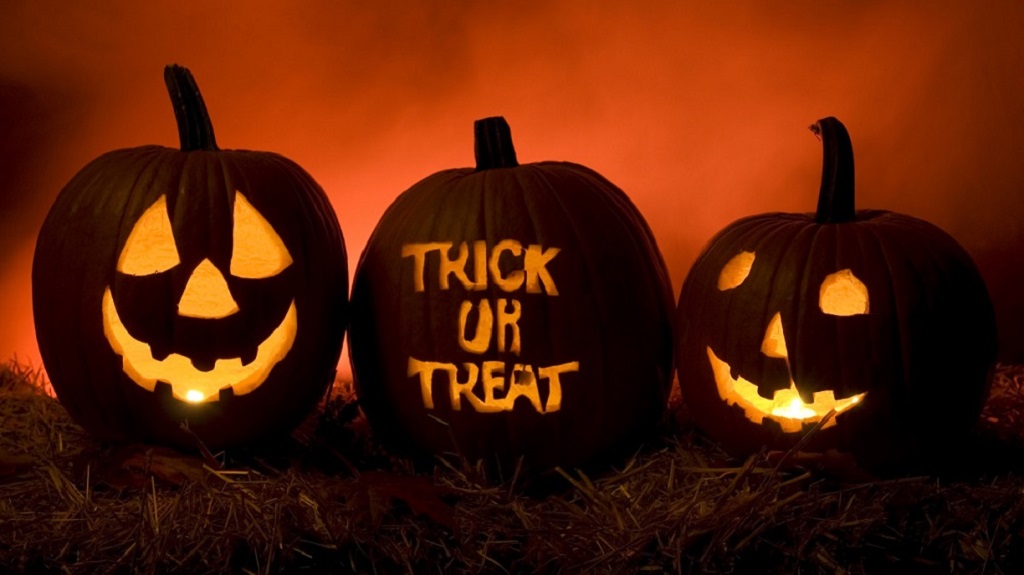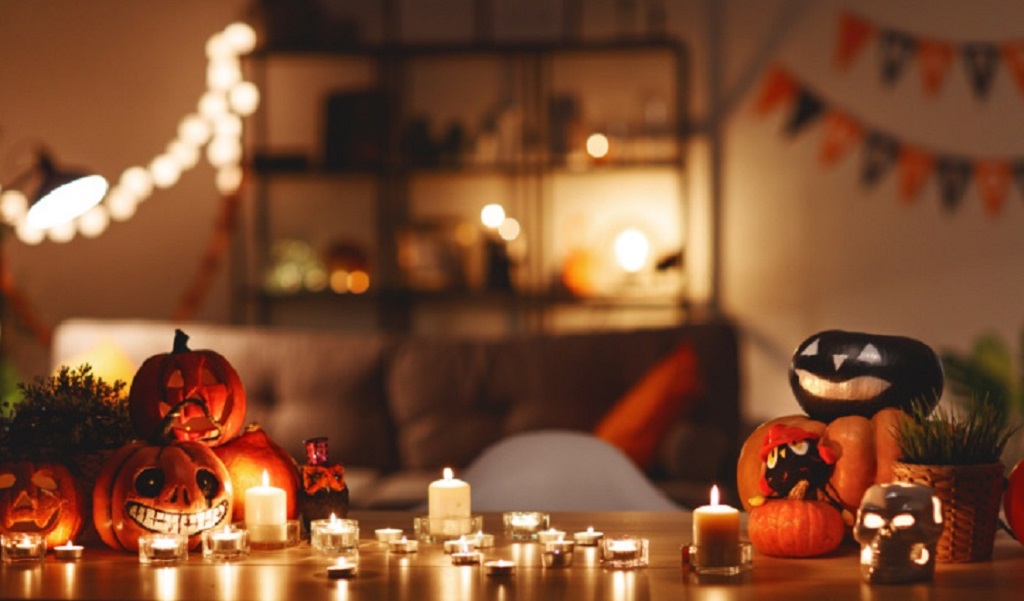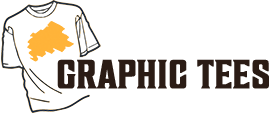The History of 12 Iconic Halloween symbols
We’re surrounded by the same familiar Halloween Symbols every October as Halloween approaches. The flickering glow of a ghoulish jack-o’-lantern, a room coated in scary cobwebs, and people donning bloody fangs or witches’ hats may be found everywhere. But where did these relationships originate, and what do they signify? For a quick introduction on the history of Halloween Symbols, keep reading.
Contents
Ghosts and Skeletons
Skeletons and ghosts have their origins in the ancient Celtic holiday of Samhain, which gave rise to modern-day Halloween. The festival took place on October 31st, signaling the conclusion of the harvest season and the start of the cold, dark winter. In essence, it was a carnival of the dead. The Celts thought that the line between the living and the dead blurred on this night, allowing the dead to return as ghosts and roam among the living.
The connection between the “day of the dead” and the “day of the living” is still strong today. That’s why death symbols, such as graveyards and haunted houses, are so prevalent around Halloween. Skeletons and ghosts are also eerie symbols of the afterlife, death, and human mortality.
The Jack-o’-Lantern
The first jack-o’-lantern, believe it or not, was a turnip, not a pumpkin. According to Irish legend, a man known as “Stingy Jack” performed a trick on the devil and was sentenced to walk the Earth eternally without a home. Jack built a makeshift lantern out of a carved-out turnip with only a blazing ember from the devil to light the way. He was known as “Jack of the Lantern” or “Jack O’Lantern” to the Irish.
People in Ireland and Scotland would carve frightful faces into turnips and potatoes and place coals inside them on All Hallows Eve (now known as Halloween) in the hopes of warding off evil spirits and Stingy Jack. When European immigrants immigrated to the United States, they quickly discovered that pumpkins made excellent jack-o’-lanterns. Every Halloween, they’re a common sight on windowsills and doorsteps.


Vampires
Legends and folklore about supernatural, demonic, blood-drinking monsters — primitive vampires, if you will — existed even in ancient civilizations. But it was Bram Stoker’s iconic horror novel Dracula, published in 1897, really brought the modern vampire to life. Because they are frequently characterized as revenants — human corpses who return from the grave to punish the living — these creatures have become synonymous with horror and the undead. They are a perfect symbol for Halloween because of their association with death and the otherworldly.
Bats
Bats have traditionally been connected with the supernatural, as well as mystery, evil, and death. They only come out at night and dwell in caverns (which evokes the underworld). Vampires are frequently claimed to morph into bats, a link popularized by Bram Stoker’s novel and numerous Dracula films.
The festival of Samhain is one theory concerning the connection between bats and Halloween. On October 31, the Celts would burn bonfires to ward off evil spirits as they celebrated the end of the harvest. Insects, and thus bats, would be attracted to this activity.
Black Cats
If you see a witch on Halloween, there’s a good chance a black cat will be around. The link between black cats, witches, and evil dates back a long way. It was widely believed in medieval Europe that the devil could transform himself into a black cat. Accused witches were commonly discovered with black cats as companions during the witch hunts. The cats appeared to be ideal partners for witches because they were well-hidden and unseen in the dark, and people assumed they were “familiars” (demons that could help witches with dark magic).


Because the color black is frequently connected with death, bad luck, mystery, and evil, it’s no surprise that black cats have become superstitious. They give a frightening touch to Halloween imagery with their glowing orb-like eyes and pitch-black fur.
Cobwebs and Spiders
The spiders is an ancient and robust legendary symbol. They are associated with magic and the supernatural in many folk tales due to their ability to spin webs. They’re also associated with danger, dread, entrapment, and deception (see the phrase “weave a web of deception”). Cobwebs are a natural fit for Halloween, as their appearance immediately conjures up images of something that has been dead or abandoned for a long time.
Witches
She wears a pointy cap, has a wart on her hooked nose, and is frequently spotted riding her broomstick past a full moon. The witch is maybe the most iconic Halloween symbol of all.
Although the modern-day image of a witch is a caricature, it is nevertheless associated with evil and disaster. In reality, in the late 1800s, the greeting card business began including witches in Halloween cards, believing that they would be an appropriate visual representation of the spooky event.


Witchcraft was associated with devil worship and black magic during the Middle Ages, and it was greatly feared throughout Europe. Thousands of women were accused of witchcraft and sorcery and slaughtered during the witch hunts that occurred later in Europe and America, causing immense hysteria. Witches have also been depicted as evil, ugly hags in Shakespearean plays and other European folk tales.
Halloween’s iconic symbols have been around for generations, and they have a lot of meaning. Many of these symbols are linked to our fears of death, danger, and fear itself. The images, taken as a whole, are steeped in history and folklore, and they give new meaning to our cultural traditions.
Headstone
During this time of year, ancient Celtic people believed the line between the living and the dead blurred. The Celts’ Samhain (“sow-in”), a late-October event that honored the harvest while acknowledging the impending arrival of winter, influenced our Halloween celebration. The brutal winter would also result in a higher number of human deaths and, as a result, graves. Some modern-day homeowners construct elaborate fake graveyards to evoke the frightening atmosphere of the Halloween season.
Skull
Samhain was a time of year associated with human mortality as well as the end of the growing season. It was a time when some people believed that the dead’s ghosts returned to Earth, along with their skulls and all those rattling skeletal bones. With the conquering of Celtic regions in 43 A.D., Roman Empire traditions of noting the harvest and remembering the dead entered the picture.
Consider El Dia de los Muertos (Day of the Dead), which occurs after Halloween and is a more joyful celebration of the departed. This Mexican ritual includes sugar skull candy. Along with food, candles, and family memorabilia, the edible skulls become part of a “ofrenda” (Spanish for “offering”). Dia de los Muertos is a Mexican holiday that both mocks death and commemorates the presence of departed loved ones in our lives.
Candles


As summer came to an end and winter approached, the ancient Celts felt a solid connection to their departed loved ones. They are claimed to have lit candles to assist deceased loved ones in returning to the spirit world. They did, however, light bonfires to keep other wandering ghosts at bay, such as in-laws. (Perhaps spiders as well.)
Besides the history of Iconic Halloween Symbols, you can also take a look at History of Halloween as well as the story of trick-or-treating on our website.



